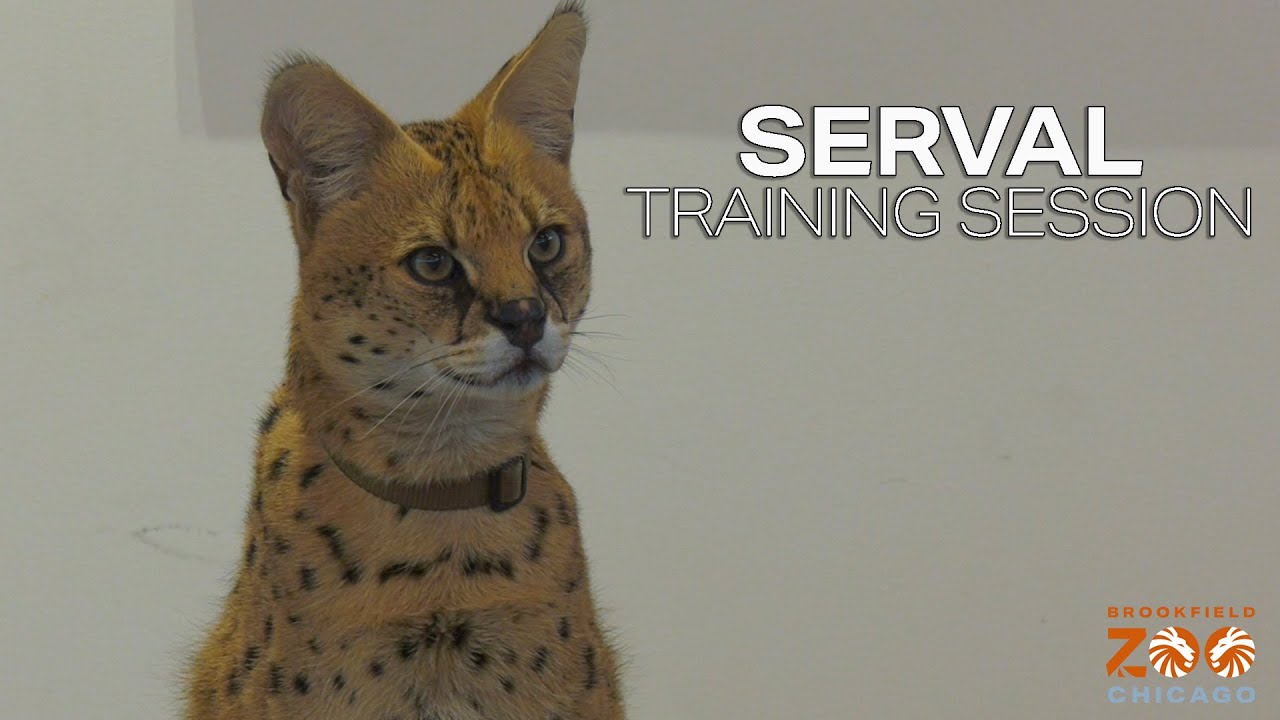– The notable survival and adaptation of servals in captive environments, evidenced by celebratory landmarks like a 10th birthday.
– Techniques and strategies employed in zoo management to replicate natural habitats and meet the needs of servals.
– The importance of servals as part of biodiversity, and the role of conservation efforts in protecting this species.
– The educational impact of serval longevity on public engagement with wildlife conservation.
– Insights into the daily routines and enrichment activities that contribute to the well-being of servals in captivity.
In the carefully managed confines of a modern zoo, celebrating a serval’s 10th birthday is not simply a festive milestone but a testament to the strides made in animal care and conservation efforts. Servals, those slender, medium-sized wild cats native to the African plains, are known for their striking coat pattern and exceptional hunting skills. The complexity of their needs makes the celebration of a decade of life in a controlled environment a reflection of successful adaptive management practices.
To understand the significance of longevity in captive servals, we must first appreciate the intricate balance of their environmental requirements. Servals occupy diverse habitats in the wild, ranging from grasslands to wetlands. They are solitary hunters, relying on tall grasses for cover as they stalk their prey with stealth and agility. Their diet primarily consists of rodents, birds, frogs, insects, and occasionally fish. Achieving optimal welfare for a serval in captivity involves replicating these natural conditions to the greatest extent possible.
Zoo management has evolved to incorporate elaborate habitat designs that simulate the serval’s natural surroundings. These designs consider space orientation, vegetation types, and opportunities for servals to exhibit natural behaviors. The settings are enriched to promote physical exercise through climbing structures and hidden food placements that encourage foraging behaviors akin to hunting. This habitat engineering is critical to physically and mentally stimulating these agile felines.
Longevity in captivity echoes the broader goals of wildlife conservation. It signals an animal that is not merely surviving but thriving—a key objective for conservation programs. Healthy, long-lived servals in captivity become ambassadors for their wild counterparts, sparking an interest in conserving their species and habitats. Such life durations are often made possible through meticulous veterinary care, a balanced diet, and stress reduction strategies. Partaking in international breeding programs, zoos are increasingly contributing to preserving genetic diversity among serval populations, which can be pivotal for reintroduction projects.
The educational aspect of witnessing a serval celebrate a 10th birthday is profound. Visitors are engaged through interpretive signage, live demonstrations, and interactive programs that outline the serval’s role in the ecosystem. Savvy educators use such milestones to highlight the importance of conservation and the risks posed to these cats by habitat loss and fragmentation. They also discuss the illegal pet trade, a threat that servals face due to their appealing appearance and the misguided notion that they can be domesticated.
Daily life for a serval under human care includes a structured routine with varied enrichment activities. These activities range from puzzle feeders to mimic the challenge of hunting to new scents and textures that provoke their keen senses. Caretakers are attentive to each serval’s personality and preferences, adapting their approach to match. Staff interactions are also key. They build trust with individual servals through positive reinforcement, a practice that facilitates routine healthcare checks and fosters a rapport between animal and keeper.
The significance of a serval’s 10th birthday is a multifaceted reflection of the success stories achievable in modern wildlife management and conservation. It exemplifies servals’ vitality and adaptive capabilities when their needs are meticulously addressed. This survival milestone conveys the dedication of zoo professionals who strive to create an enriching, educational, and conservation-centric environment for these graceful and fascinating cat family members. The longevity of servals in captivity continues to inspire and educate the public, fostering a deeper affinity with the natural world and a commitment to the stewardship of our planet’s remarkable biodiversity.
*****
Source Description
Kyan and Churchill Servals are 10 years old! To celebrate, let’s take a look at one of their training sessions.
For more information, please visit www.brookfieldzoo.org.

